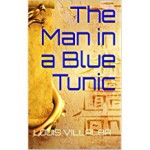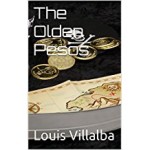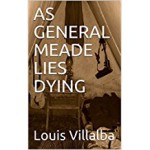
Last night, I strolled the narrow streets of the medieval area of Cadiz. As I walked through the ancient Arch of the Rose, Francisco Aragon’s prologue for my book “The Silver Teacup” rushed to my mind. This snippet is the first paragraph of that introduction:
Me llamo Francisco, he said, interrupting what he was doing to offer his hand. A moment before, I’d reached the top of a tight spiral staircase and entered the bell tower of a small church. He was seated on a stool, wearing a green cardigan and a beret. His fingers were a blur, braiding what looked to be strands of wicker. I’d been on the road a week, traveling on my own: first Cordoba, then Seville, and now north of Cadiz in Arcos de la Frontera: the white-washed village a friend in Madrid insisted I see on my first trip south—in the summer of 1988. In addition to hand-weaving baskets and hats, Don Francisco, a stocky and sturdy man in his seventies, was a weaver of tales: soccer feats, saints, local bullfighters, Lorca, the Spanish Civil War… My new friend, in fact, had been coerced to fight both for and against the Spanish Republic. But throughout the afternoon I spent with him, he betrayed no strong political allegiance or ideology except to express how much he loved his native city, Cadiz.
From “The Silver Teacup,” by Louis Villalba
Of Nicaraguan ancestry, American-born Francisco Aragon used his poetic talent to describe his loving feeling for Spain and his experience in the province of Cadiz. It amazed me that he had climbed the same bell-tower stairs I had ascended in 1966, twenty-two years earlier. At the top, I found a tiny room where the bell ringer lived with his wife and three small children. The tower was part of the Basilica de Santa Maria de la Asuncion, built in the 15th-16th centuries. I had just visited the church. It boasted an enormous golden retable and a vast treasure of jewels with precious stones. The contrast rankled me.


































